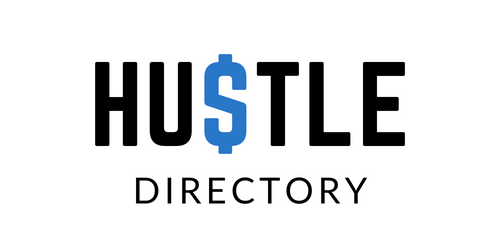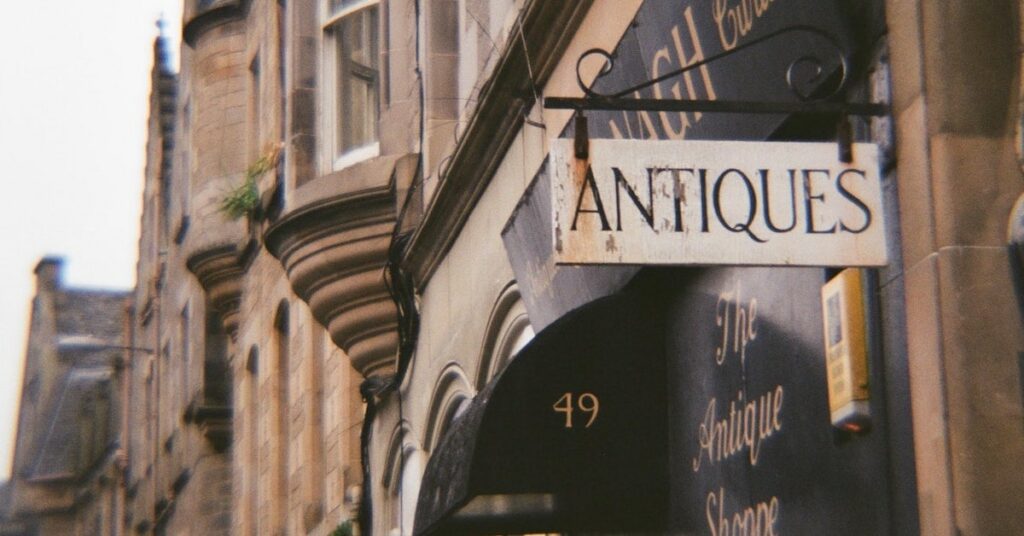You don’t need to invent a new product in order to make new money. If you’re looking for a profitable side hustle, then all you need to learn is how to sell antiques online.
Whether you’ve been collecting antiques for a while or you’ve recently inherited a storage locker of old junk, there’s a lot of demand for vintage & antique memorabilia.
Modern stuff is often made with cheap, flimsy materials in factories. Antiques, on the other hand, are pieces of history that you can own. Items with stories durable materials, that you can no longer purchase at the store down the street.
With a ton of platforms for finding customers, fast shipping, and free marketing channels like Instagram — there has never been a better time to sell antiques online.
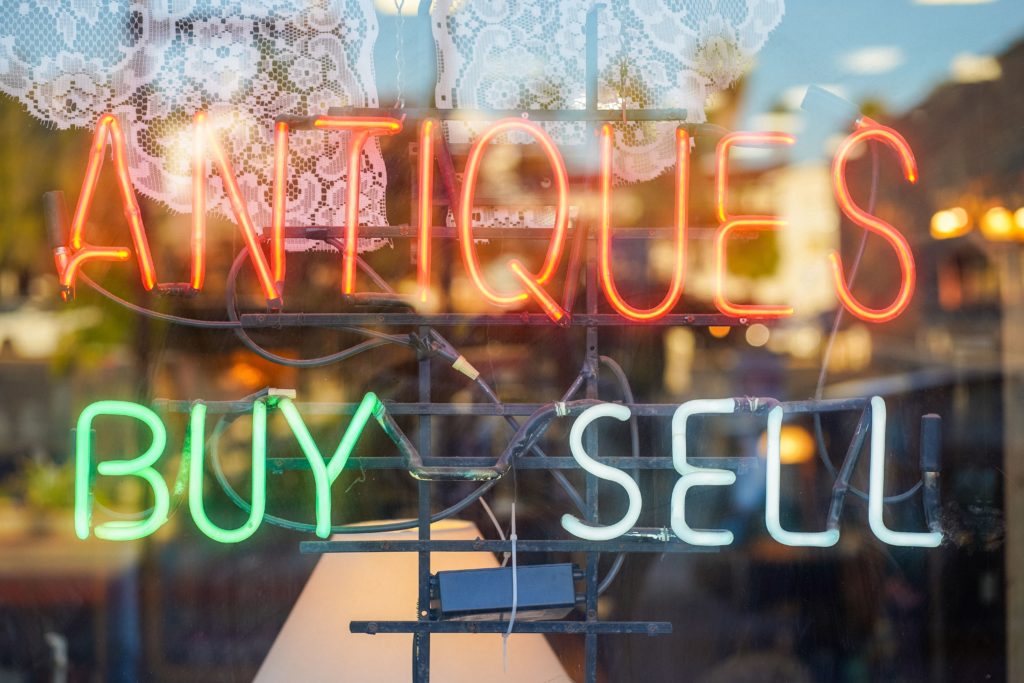
Why Sell Antiques Online
If you wanted to buy something from 100+ years ago, where would you look?
Yeah, there’s a chance that you could find it at the local flea market or the antique store down the street. But, let’s face it — there are way more products being sold online these days. Plus, with an online store, you don’t need to worry about renting a physical storefront or keeping it staffed.
Online stores allow you to sell products 24-7, minimize your storage costs, and sell to customers around the world. And, while there might not be a collector of vintage bottlecaps from World War II in Boise, Idaho, the chances are pretty good that there’s one somewhere else in the world. Since collectors want very specific items, they will likely be searching for them online.
Selling online allows you to access billions of people around the world, and often with fewer expenses than you would need to operate a physical store.
In this article, we’re going to break down how you can sell antiques online in just seven simple steps.
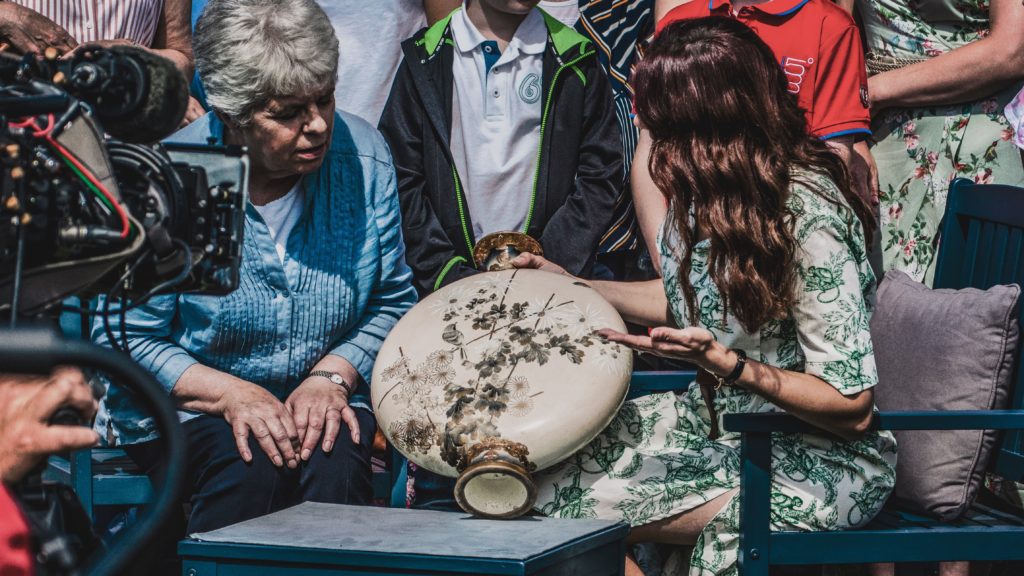
How To Sell Antiques Online (7 Easy Steps)
Step 1. Research The Market
When you’re selling antiques for a profit, buying them for the right price is going to be the main way you make money.
While items might appraise in value as time goes on, most people are looking for a fairly quick flip, and don’t want to hold items for years or decades at a time.
This means that you need to know what you’re looking for and negotiate the best prices you can find.
To start off, you should begin by looking at different categories of antiques, and researching what prices items tend to go for. There are a ton of different categories available, so it would help if you opt for something that you’ve already got some interest in.
It’s often better to focus on a few product categories since you can have a deeper knowledge of the space, since you’ll tend to lose the most money on things you know little about.
If you’re just starting to sell antiques online, some of the categories you might want to focus on are:
Vintage clothing
On some online market platforms, vintage clothing is defined as anything that’s at least twenty years old. But some buyers are willing to buy clothing that’s a decade old, especially if it’s something that’s considered a fashion highlight, like a tube top.
Other types of vintage clothing that are in demand include concert t-shirts, vintage jeans/pants, overalls, dungarees, and 1990s vintage clothing for toddlers and children.
Toys
Vintage toys are also a popular niche for those looking to sell antiques online. Collectors like to buy them because they’re nostalgic for their childhood. If you’re lucky enough, you might stumble upon a toy that’s in mint condition or that’s never been taken out of its box. Items in near-new condition fetch very high market prices.
Look for toys that are from the 1970s-1990s since these items are very trending right now. Other toys that are also in demand include special edition board games, and old video games and consoles.
Collectibles
Collectibles are another popular item to sell as antiques online. Any collectible produced at least twenty years ago will most likely have a buyer. Items like limited edition china figurines, Bakelite cookware, or even old postcards are all profitable items that you can sell.

Novelty items or anything out of the ordinary, weird, or unusual will also have buyers. That being said, these things will only sell if the buyers can appreciate their unusual nature.
Old music records and antique record players are also very in demand. If you can find some original and rare records, these can fetch quite a hefty profit on the market.
Glassware & Cookware
Remember when our folks would bring out their special glassware and cutlery for special occasions? If this vintage dinnerware survived the passage of years still intact and are good as new, you can include them in your inventory as you start to sell antiques online.
That’s because lots of collectors are willing to pay good prices for antique pieces that can still be used. For example, stuff like milk glass, depression glass, and rare and vintage Pyrex patterns are very much sought after.
Over at Quora, antique sellers mentioned Melmac dishes and cups, and colored aluminum cups as items that are also very in demand.
Camera gear
This is a specialized niche but there are collectors out there who would pay a lot for vintage cameras and their assorted equipment. A lot of them are usually old-school photographers who like restoring old cameras. Some of them will buy old camera parts which they use to maintain their collection of vintage cameras.
Anyone looking to sell antiques online should look out for vintage cameras that are made by legendary brands like a Hasselbad or a Leica. Other brands that have a reputation for being exceptional are also hot ticket items, like the Canonet series of Canon rangefinders, the Yashica Electro series and the Olympus XA series.
Furniture
Selling antique furniture can be another great option, especially if you have a vehicle and enough storage space to keep it before it sells. The furniture might need a bit of tender love and care before it’s ready to be sold, but a bit of paint or polish can go a long way.
The beauty of furniture is that it can often fetch a higher price point than some of the smaller items, but the downside is that it can be difficult to move on your own.
Step 2. Start Sourcing Locally
Other than your grandparents’ house, there are many places to find antique items that you can sell online.
You can attend local auctions, garage sales, estate sales, thrift stores, or buy from other antique dealers that operate in your area.
In general, you’ll find better prices at locations that have fewer experts involved. An antique dealer is likely to have an idea of what their products are worth, whereas the average estate sale host does not.
You’ll also get better prices when there’s a sense of urgency involved. If the seller needs to get rid of a product before they move across the country this weekend, you’ll have some leverage to negotiate a better price.
The best forms of leverage are:
- The seller needs money quickly.
- The seller needs to get rid of the item quickly (e.g. to move).
- The seller doesn’t know what the item is worth.
- The seller doesn’t know how to bring the item to its fullest potential (e.g. by restoring its quality).
If you want to maximize your chances of selling a product for a profit, you should get an idea of what price it will fetch prior to purchasing it. For example, by filtering a search on eBay for “Completed Listings”, you can see what products have sold for in the past. This often works on Etsy as well.
Step 3. Create Your Listings
Now that you have some products to sell, it’s time to start listing your products for sale. If you’re just starting out, you’re going to want to focus on marketplaces.
Marketplaces are platforms where there are already buyers looking for products, so you don’t have to spend your time or money generating demand. There are two types you should build a presence on.
Online Marketplaces
Online marketplaces are sites like eBay, Etsy, or Amazon where you can sell to people around the world and ship your customers their orders.
Local Marketplaces
Local marketplaces are sites like Facebook Marketplace or Craigslist, where you’ll meet up with local buyers to transact in person.
Local marketplaces allow you to sell antiques online for free, and usually lead to faster sales since you get paid in cash and don’t have to wait for shipping.
Online marketplaces allow you to sell to customers around the world, take credit card payments, and offer a more consistent customer experience.
You don’t have to choose one or the other — you can sell on both types of platforms at the same time. Just make sure you keep your inventory up-to-date so you don’t offer a product that you’ve already sold.
Some product types will naturally do better in one type of marketplace than the other. For example, shipping large antique furniture is rarely worth it. It’s better to sell those items locally, and only ship small, lighter items such as books or toys.
A good rule of thumb is to aim for a 40-50% profit margin. This means that if you acquired an item for a hundred bucks, you should get a fifty-dollar profit once you resell it in your store. Otherwise, it might not be worth your time.
Compelling Product Descriptions
Regardless of what you’re selling, you’ll want to make sure that your product listings give a lot of detail. There are three elements to writing product descriptions. You should cover aspects like age, dimension, condition, and history.
You’ll also want to use the right keywords to describe your products so that people can easily find them. This is because marketplace platforms have search engines that help buyers sort through the millions of items online. If you use the right keywords, it will lead buyers directly to your page.
Powerful Product Images
When you sell antiques online, you need to take detailed and well-lighted photos of the stuff that you’re selling. Buyers will want to see all the features and details of the item before deciding to purchase them.
This includes photos of any damage and imperfections on the item. You can use a white background, place them in a setting like the one you expect your buyer would use, or both.
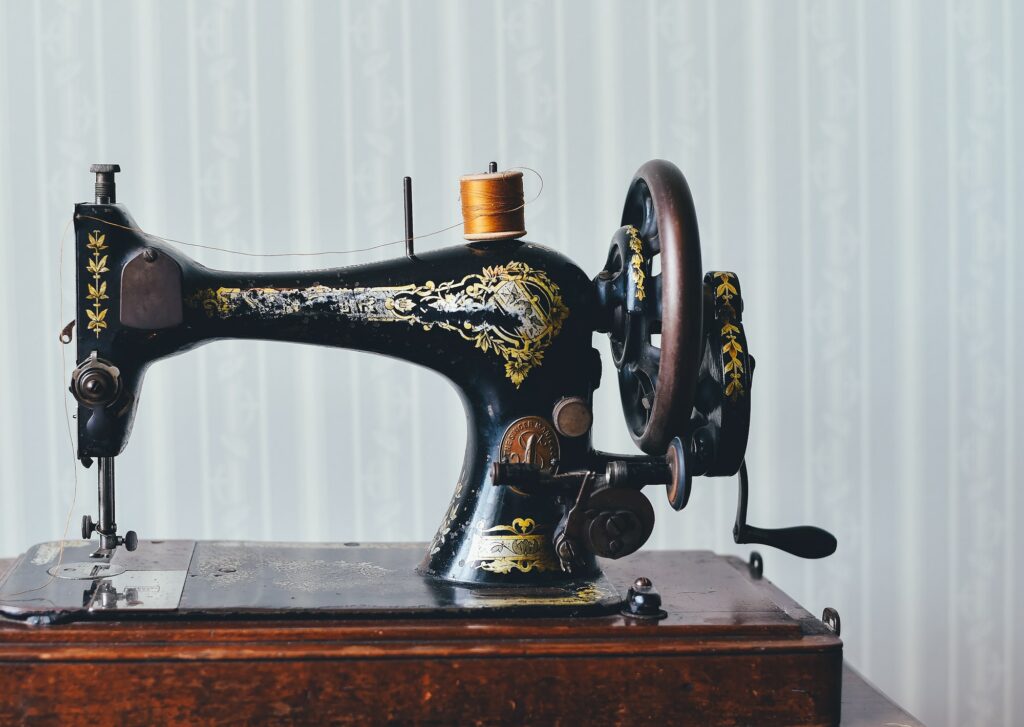
Step 4. Deliver On Your Promises
Selling is important, but it’s even more important that you deliver on your promises.
If you say you’re going to meet with a local customer at a certain time, show up. If you say you’re going to ship an item out in 3 days or less, don’t be late.
This is also known as delivering a positive customer experience. In the beginning, finding customers can be a slow process. The process gets easier and easier as you accumulate reviews, but only if those reviews are positive.
The whole benefit of selling on a marketplace is that your customers will trust you because the platform offers them security. If something goes wrong with their purchase, they can ask the platform for a review, and/or give you a negative review.
Obviously, if you have a lot of bad reviews, your probably won’t get many orders.
Don’t shoot yourself in the foot, create a positive customer experience from the beginning, and prioritize your reputation as a seller.
Step 5. Build Your Marketing Channels
Online marketing platforms provide the traffic but they can’t do all the marketing for you. If you want to sell antiques online consistently, you’ll need to build an audience and stand out from the crowd.
Eventually, you’ll want to build a brand — either for your business, or a personal brand. That’s because the antique market relies on fostering trust between buyer and seller. Having a brand will help you communicate your values, your ethics, and let your customers know what to expect.
To build your audience, you’ll want to choose and focus on a social media platform. Instagram can be a good place to start, but TikTok also offers a lot of growth to new users.
Social media posts can drive traffic to your listings, allowing you to build an audience of people interested in what you’re selling. Over time, this means you’ll get sales from repeat customers, which will drive down your cost of acquiring a sale and allow you to develop relationships with your customers.

You can also set up ads for your products in the marketplaces directly. Etsy, Amazon, and eBay all offer paid ads that can help your products show up at the top and reach new customers.
Step 6. Expand Your Sourcing Online
By now, it likely won’t come as a surprise that you can also source your antiques online.
In fact, as you grow your business, this will become a bigger and bigger source of your inventory.
The margins are usually thinner since you may need to pay to have the items shipped to your storage facility, but you can find a much wider array of products.
The name of the game here is arbitrage — you want to buy for low prices, and sell them for a profit. You don’t have to buy items individually, either. A lot of sellers offer ‘lots’, which are bundles of items that are all being sold as one unit. You can buy the contents of abandoned storage units, snatch up profitable eBay listings, or scour local marketplaces for items people want to offload quickly.
Overall, expanding your searches online will allow you to find more unique products, search a wider area, and provide you with some valuable insights as to what a positive customer experience looks like.
Step 7: Scale Your Business Responsibly
By now, we’ve covered how to source products, how to list them, and how to expand your inventory acquisition.
The next step is to scale your business — responsibly.
You want to find ways to find and turnover inventory easier, faster, and more safely.
If you feel like you’ve cracked the code, you can begin to purchase more expensive items and flip them for bigger profits. Just be careful — bigger purchases come with more risk.
As you get more inventory, you can begin to think about improving your warehousing system. You may need more space, or more organized space so that you can pick and pack orders quickly. You’ll also need proper bookkeeping so that you don’t get hit with big back taxes & penalties.
Another thing you can do to scale your business is to hire employees. Having people to send to auctions, package your orders, or handle customer service means you’ll be able to free up your time for other tasks that can grow your business.
You can also begin to take on more ambitious projects like restorations. Similar to real estate, many antiques could fetch a higher price if they were restored to their former glory. This requires a bit of investment, but as long as the profit margin is there, it can be worth the price tag.
How To Find Antiques To Sell Online
Local Sales
Local sales are one of the best places to start if you want to sell antiques online. You can google “antiques for sale + city”, “estate sale + city”, “town-wide garage sale + city”, or “auctions + city”. You can also look for listings on local buy-and-sell websites, or cruise around looking for garage sales on the weekend.
Thrift Shops
Thrift shops are an underrated tool if you want to sell antiques online. There are a ton of them and they often price things to sell since most items were donated.
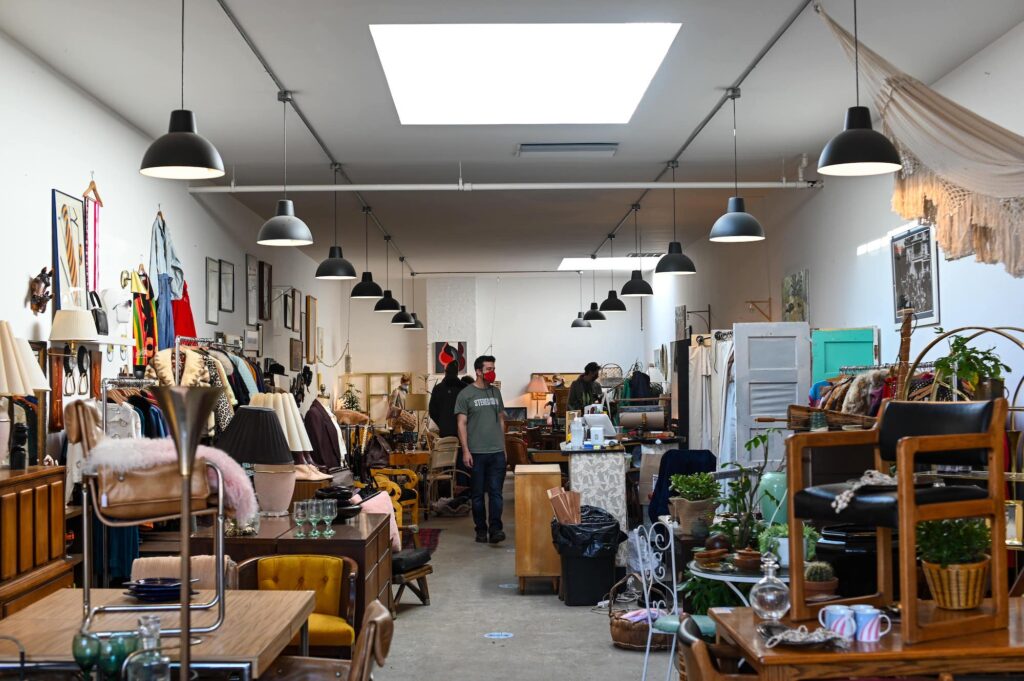
Selling On Commission
Some people have a lot of antiques they want to sell, but they don’t have the skills to do it themselves. If you can talk them into it & work out a deal, you can sell their products and take a cut of the proceeds. This can be a win-win for both of you.
Other Ways To Make Money Online
Selling antiques online can be a good business, but it’s not the only option. Not by a long shot.
There are a ton of different ways to make money online. You can start an online business, try freelancing, or even pick up a remote job.
You don’t have to quit your day job, either. It’s often a better idea to start your business by working during the evening or over weekends.
We’ve got more ideas!
Not sure if antiques are what you’re looking for? Come check out our Hustles directory! We’ve got a list of 170+ ways to make money online, with a ton of filters that can help you find something that fits what you’re looking for. Regardless of your starting circumstances, we’re 100% certain that we can help you make money online — as early as this week.
Ready to start hustling?
